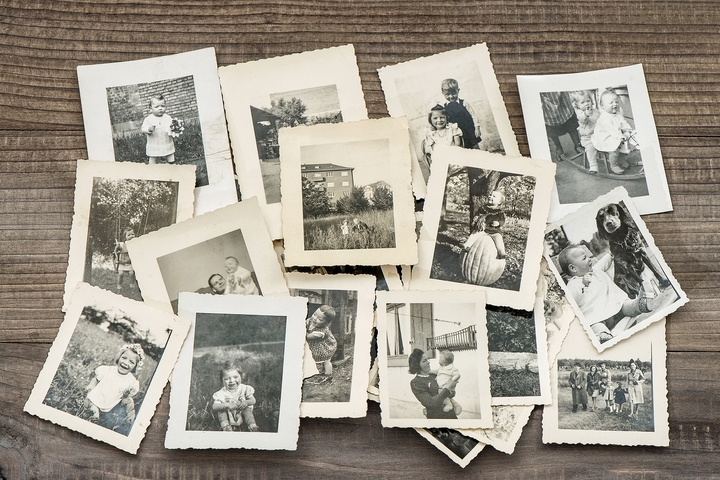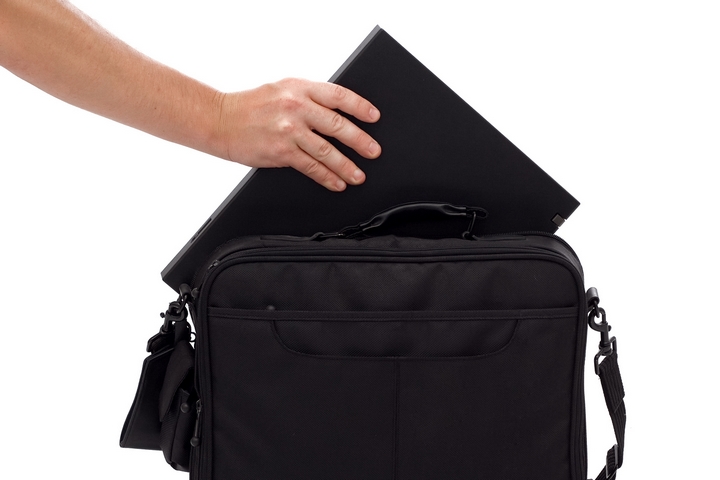
If you’re a coffee enthusiast looking for the freshest and most personalized coffee experience, consider roasting your coffee beans at home. Roasting coffee is a rewarding hobby that allows you to explore unique flavours and aromas.
Roasting coffee beans at home is an exciting process combining science, art, and a deep appreciation for the world of coffee. With practice and dedication, you can craft signature blends and enjoy the freshest, most flavorful coffee imaginable. So, put on your roasting hat and start your coffee-roasting adventure today!
We’ll take you through the steps to follow and give you some great tips for roasting your coffee beans.
1. Select High-Quality Coffee Beans
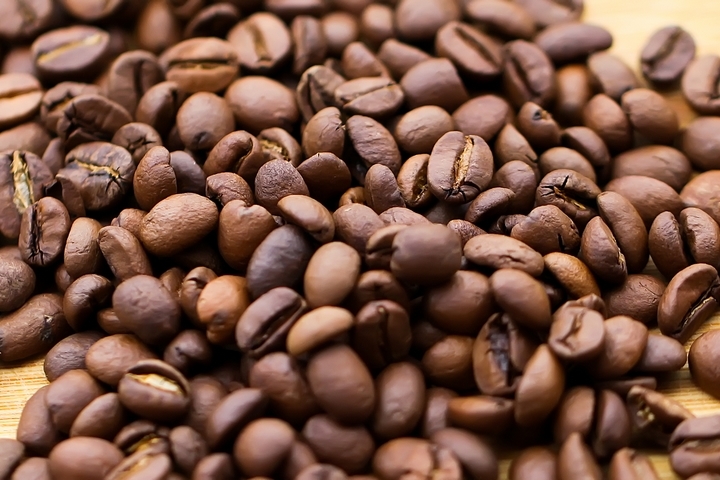
The first step in your coffee roasting journey is selecting high-quality coffee roasters. Look for reputable suppliers that offer a wide range of coffee varieties; different regions and bean types offer distinct flavours and characteristics.
Evaluate the beans’ appearance, looking for uniform size, colour, and minimal defects. Smell the beans; a pleasing aroma suggests freshness. Experiment with various coffee beans to discover your preferred taste profiles, whether it’s fruity, nutty, or earthy.
2. Choose Your Roasting Method
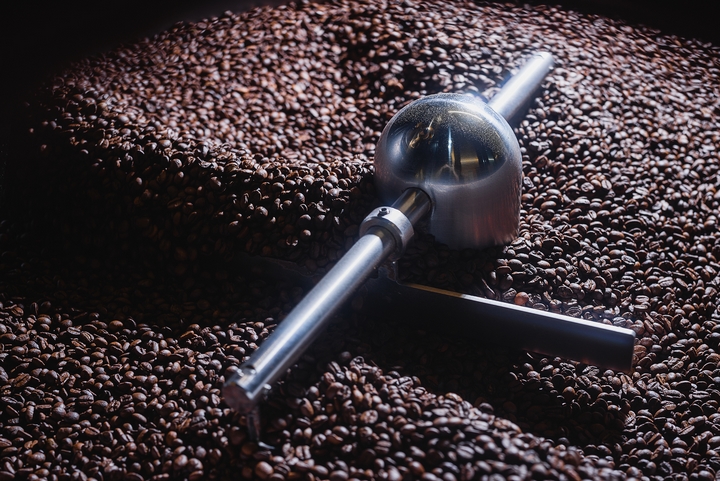
Choosing your roasting method for home coffee roasting depends on your preferences and available equipment. If you’re just starting, an affordable and user-friendly option like an air popper can be an excellent choice. Oven roasting, using basic kitchen equipment, is another option, though it offers less control over temperature.
If you’re committed to home roasting, investing in a dedicated coffee roaster is the ultimate choice, allowing you to fine-tune roast profiles to suit your taste preferences and achieve consistent results.
3. Measure Your Beans
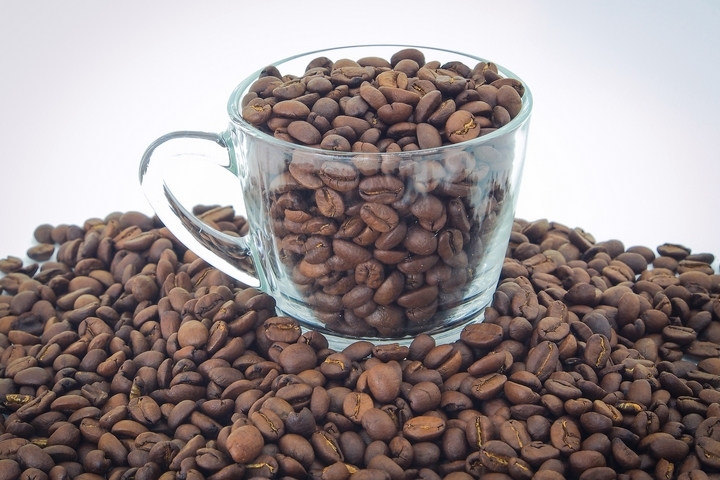
Use a kitchen scale to weigh the green coffee beans before roasting. Start with a small batch, typically between 100 to 300 grams, to gain a feel for the process without wasting beans. Precision in measuring ensures consistent results and helps you fine-tune your roasting technique over time.
Experiment with different bean quantities to discover the right balance for your preferred roast level and brewing method, as the amount of beans affects roast time and flavour extraction during brewing.
4. Preheat Your Roasting Equipment
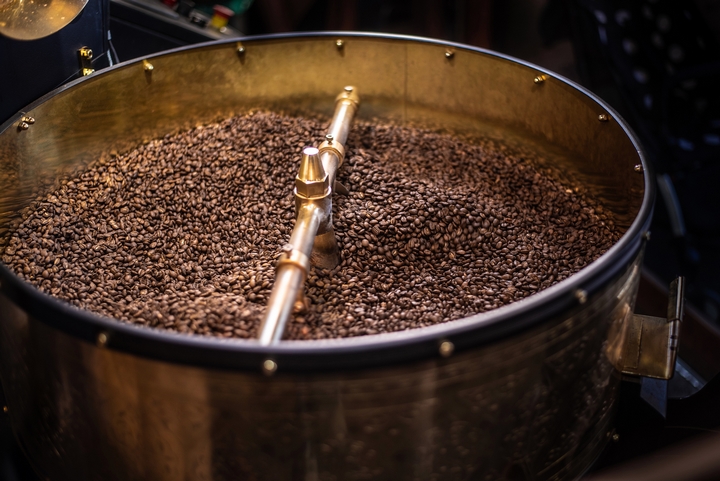
Preheat your roasting equipment to the recommended temperature. Heating your equipment to the desired temperature before adding the green coffee beans minimizes temperature fluctuations during the roast, resulting in a more predictable and controlled process. This will ensure you can achieve the specific roast profile you desire, whether light, medium, or dark.
5. Roasting Process – Time and Temperature
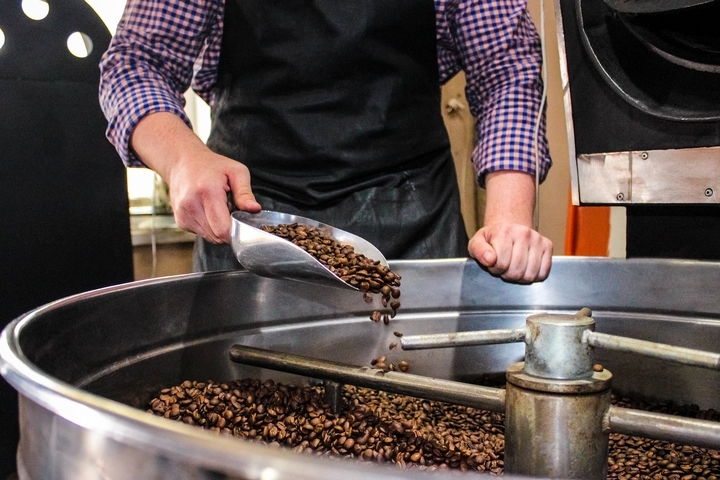
Roasting time and temperature are the key factors in home coffee bean roasting. The specific time and temperature depend on your desired roast level and the beans you use. Generally, roasting starts around 350°F (175°C) and can reach up to 500°F (260°C).
Light roasts typically take around 9-11 minutes, while medium and dark roasts may go for 12-15 minutes or more. Keep a close eye on the beans, as the colour and aroma can guide you. There are three main stages to this process. In the drying phase, the beans will lose moisture and turn yellow.
In what is referred to as the first crack, you’ll hear a cracking sound as the beans expand. This marks the beginning of the development phase. The second crack signifies a darker roast. Depending on your roast preference, you can stop at any point during or after this phase.
6. Cooling and Resting
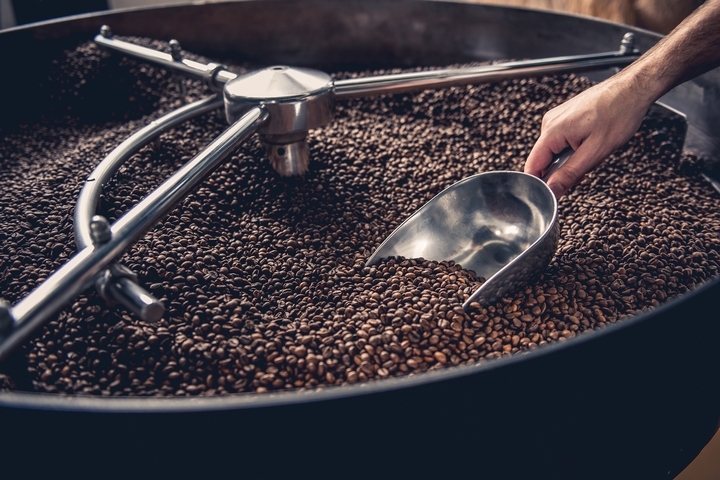
Cool your beans quickly to stop the roasting process once your beans have reached the desired roast level. Transfer the beans to a cool, dry container or a dedicated coffee bean cooler. Swirl the beans gently to remove excess heat and trash.
Allow the beans to rest for at least 12 to 24 hours after roasting. This resting period allows the flavours to develop and mellow. Coffee is at its best flavour after a few days to a week of resting, making patience a virtue in home roasting.
7. Grind and Brew Your Coffee

When ready to enjoy your freshly roasted beans, grind them to the appropriate consistency. The grind size should match your chosen brewing method, whether it’s fine for espresso, medium for drip coffee, or coarse for French press. Freshly ground beans maximize flavour, so grind just before brewing.
8. Storage
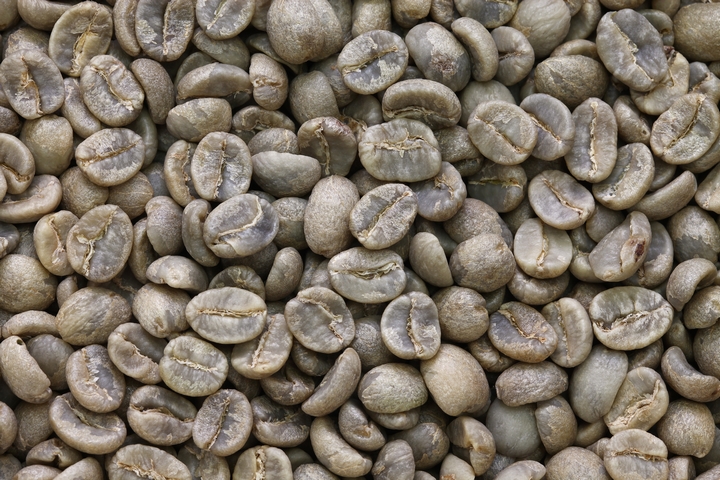
Properly storing your home-roasted coffee beans preserves their freshness and flavour. Keep them in an airtight container, ideally with a one-way valve to release CO2 gases while preventing air from entering. Store the container in a cool, dark place, away from sunlight and temperature fluctuations.
Avoid the fridge or freezer, as moisture and odours can compromise the beans. With these precautions, your home-roasted beans will stay at their peak for up to two weeks, offering a delightful and aromatic coffee experience with each brew.








